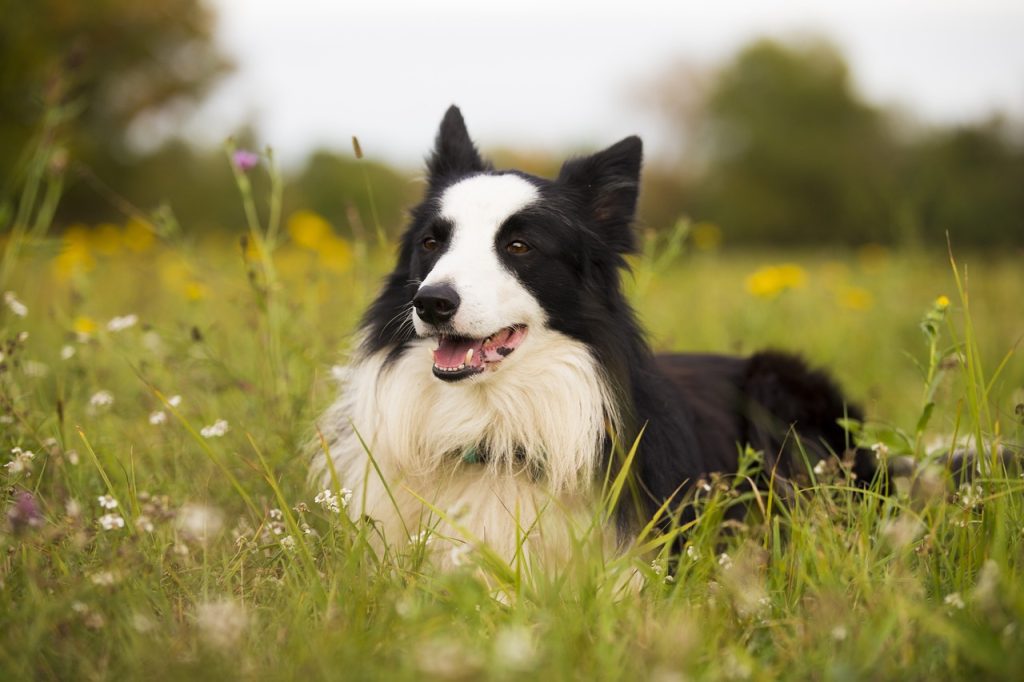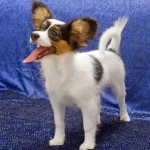When it comes to canine intelligence, not all dogs are created equal. Some breeds stand out for their remarkable problem-solving abilities, lightning-fast learning skills, and exceptional working intelligence. Based on extensive research by canine psychologist Stanley Coren and real-world working dog performance, we present the definitive ranking of the world’s 10 smartest dog breeds.
Understanding Canine Intelligence
Before we dive into our ranking, it’s important to understand the three types of dog intelligence identified by researchers:
- Instinctive Intelligence – The skills a dog was bred for (herding, guarding, hunting)
- Adaptive Intelligence – Problem-solving and learning from environment
- Working/Obedience Intelligence – Ability to learn and follow commands
Our ranking focuses primarily on working and obedience intelligence – how quickly breeds can learn new commands and perform tasks.
The Ranking Criteria
Breeds were evaluated on:
- Speed of command learning
- Success rate in obeying first command
- Ability to perform complex tasks
- Working dog performance records
- Trainability for specialized jobs
The 10 Smartest Dog Breeds
1. Border Collie: The Einstein of Dogs
IQ Equivalent: 4-5 year old child
Learning Speed: Can master new commands in under 5 seconds
Special Skills:
- Can remember up to 1,000+ object names
- Advanced problem-solving (can open complex latches)
- Unmatched herding instincts with minimal training
Real-World Example: Chaser the Border Collie learned 1,022 proper nouns and demonstrated understanding of syntax.
2. Poodle: The Most Trainable Breed
IQ Equivalent: 3-4 year old child
Learning Speed: 1-5 repetitions for new commands
Special Skills:
- Excel in multiple disciplines (hunting, circus performing, service work)
- Can learn complex sequences of actions
- Exceptional memory retention
Fun Fact: Their famous “poodle cut” was originally designed to protect joints while allowing swimming freedom.
3. German Shepherd: The Ultimate Working Dog
IQ Equivalent: 3-4 year old child
Learning Speed: 5-15 repetitions for new commands
Special Skills:
- Can be trained for 300+ specialized service tasks
- Natural protective instincts with control
- Excellent scent discrimination
Working Roles: Police K9, military, search & rescue, guide dogs.
4. Golden Retriever: The People Pleaser
IQ Equivalent: 2-3 year old child
Learning Speed: 5-15 repetitions
Special Skills:
- Exceptional emotional intelligence
- Can retrieve specific items by name
- Naturally gentle with precise control
Service Work: 65% of guide dogs for the blind are Golden Retrievers.
5. Doberman Pinscher: The Strategic Protector
IQ Equivalent: 2-3 year old child
Learning Speed: 5-15 repetitions
Special Skills:
- Superior threat assessment
- Can learn complex protection routines
- Excellent at reading human body language
Military Use: Used as sentry dogs in WWII due to their intelligence and loyalty.
6. Shetland Sheepdog: The Mini Genius
IQ Equivalent: 2-3 year old child
Learning Speed: 5-15 repetitions
Special Skills:
- Can manage flocks with minimal guidance
- Excellent at understanding vocal tones
- Natural agility course experts
Competition Edge: Frequent winners in obedience and agility trials.
7. Labrador Retriever: The All-American Brainiac
IQ Equivalent: 2-3 year old child
Learning Speed: 5-15 repetitions
Special Skills:
- Can remember hundreds of retrieve combinations
- Excellent at interpreting pointing gestures
- Naturally soft-mouthed for delicate retrieves
Detection Work: Used for bomb, drug, and medical detection due to scenting intelligence.
8. Papillon: The Tiny But Mighty Thinker
IQ Equivalent: 2 year old child
Learning Speed: 5-15 repetitions
Special Skills:
- Can learn complex trick sequences
- Excellent problem solvers despite size
- Surprisingly agile competitors
History: Favored by European royalty as companion dogs due to their trainability.
9. Rottweiler: The Strong and Sharp
IQ Equivalent: 2 year old child
Learning Speed: 5-15 repetitions
Special Skills:
- Excellent at multi-step guarding tasks
- Can assess threat levels intelligently
- Strong work ethic with focus
Working History: Originally used to drive cattle and protect money for butchers.
10. Australian Cattle Dog: The Problem-Solving Herder
IQ Equivalent: 2 year old child
Learning Speed: 5-15 repetitions
Special Skills:
- Can anticipate livestock movements
- Creative problem solvers
- Extreme persistence in tasks
Unique Trait: Known to nip at heels (herding instinct) but can be trained for precise control.
Training Tips for Smart Breeds
- Keep Sessions Short But Frequent – 5-10 minute sessions 3x daily
- Increase Difficulty Gradually – Add distractions and complexity
- Use Positive Reinforcement – Food rewards work best for most
- Provide Mental Stimulation – Puzzle toys, scent work, new tricks
- Avoid Repetition Boredom – Vary training routines
Potential Challenges of Smart Dogs
While intelligence is desirable, it comes with challenges:
- Destructiveness when bored
- Manipulative behaviors (some learn to exploit rule loopholes)
- Higher exercise needs – both physical and mental
- Potential for anxiety if not properly stimulated
Choosing the Right Smart Breed
Consider:
- Your activity level (Border Collies need 3+ hours daily activity)
- Training commitment (Poodles need constant mental challenges)
- Living space (Australian Cattle Dogs need room to work)
- Experience level (Dobermans need confident handlers)
Final Thoughts
While these breeds represent the pinnacle of canine intelligence, remember that every dog is an individual. Proper training, socialization, and meeting their mental needs are crucial for any smart breed to thrive. The most intelligent dog is the one whose abilities best match your lifestyle and can develop a deep, communicative bond with you.
Which smart breed fits your lifestyle? Share your thoughts in the comments! And if you own one of these brainy breeds, tell us about their most impressive tricks!



